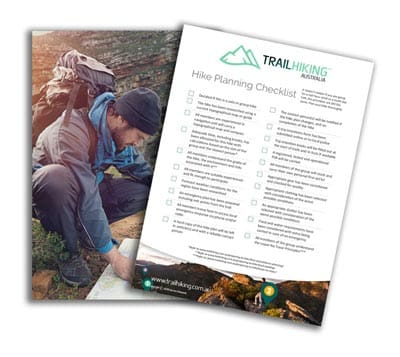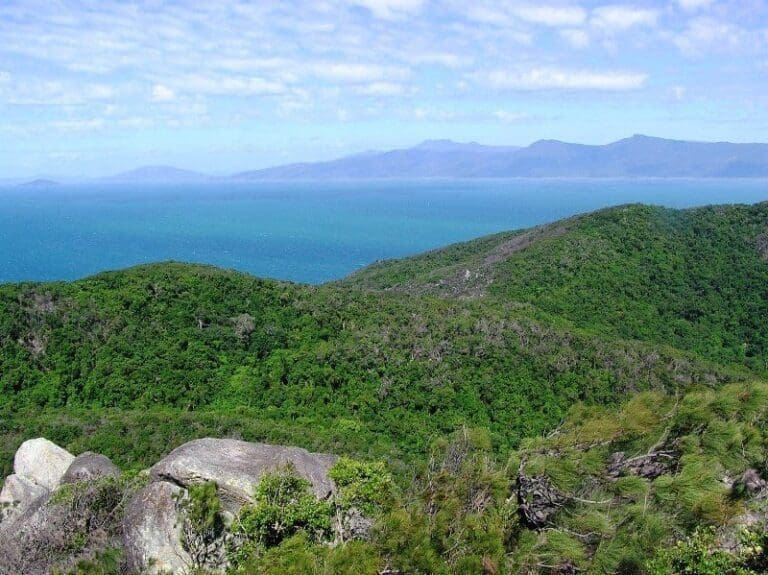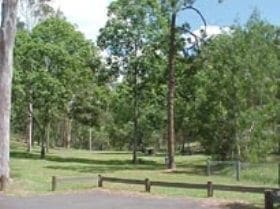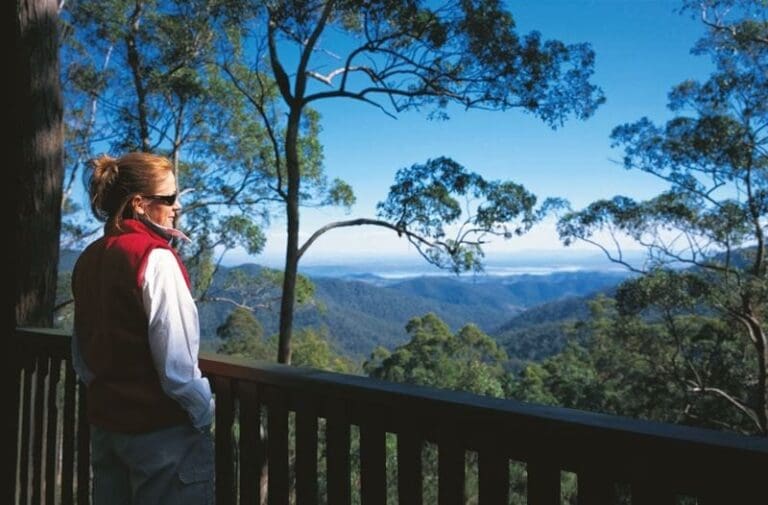Araucaria track is a 5km, grade 3 hike located in D'Aguilar National Park, Queensland. The hike should take around 2 hours to complete.
Hike overview
Set within a huge, diverse park of scribbly gums and lush rainforest, the Araucaria walking track winds past giant hoop pines along the serene shores of the Enoggera Reservoir. Soon after setting off, you'll be faced with spectacular vistas of the reservoir before winding your way along its edge. Keep your eyes peeled for a variety of water birds in their natural habitat or better still, pack a pair of binoculars to get a close-up view.
Route and GPX file
Help fellow hikers navigate with confidence. Share your GPX or KML file for this trail and help build a more comprehensive resource with precise waypoints and elevation profiles. Your contribution will empower adventurers with details they need for a safer and more enjoyable experience. I meticulously verify every file using official maps and surveys, ensuring the highest level of accuracy and reliability. Submit your file now and become a trailblazer for your fellow outdoor enthusiasts.
Trail location
Sorry, no records were found. Please adjust your search criteria and try again.
Sorry, unable to load the Maps API.
Gallery
If you have any photos from this hike and are happy to share them, please upload your .jpg files here.
Please note: Uploading photos does not transfer ownership of copyright away from you. If requested, you will be credited for any photos you provide and can ask they be deleted at any time.
About the region
D'Aguilar is a national park in Queensland, Australia, 31 km northwest of Brisbane. The southern part of the park was formerly known as Brisbane Forest Park, while the northern part of the park is at Mount Mee.
The park contains expanses of eucalypt woodland, sheltered pockets of subtropical rainforest, remote gorges and spectacular views to Moreton Bay and the Glass House Mountains. The popular Walkabout Creek Visitor Centre is located at the edge of the park. There are two formal, vehicle accessible camping areas in the Mount Mee section and eight remote bush camping sites (accessible only by walking) in the southern D'Aguilar (formerly Brisbane Forest Park) section.
Woodlands and dry eucalypt forests predominate on the drier, shallower soils of the park's foothills. Spotted Gum (Corymbia variegata) and Narrow-leaved Ironbark are two of the main species. There are also small areas of heath and ridges dominated by grass trees (Xanthorrhoea spp). Remnant pockets of lowland rainforest occur in the valleys along some of the watercourses.
At higher altitudes the forests become more complex due to the increased rainfall and generally deeper soils. These mid-altitude forests are dominated by Grey Gum, Pink Bloodwood and Brush Box. Occasional rainforest species are also present and there is a thick understorey of ferns, vines and shrubs.
Moist sub-tropical rainforest grows on the highest parts of the range where the rainfall is two-thirds greater than in the foothills, particularly on the rich basaltic soils north of Mount Glorious. Huge strangler figs (Ficus watkinsiana) can be seen emerging through the canopy.
For more information on this hiking trail, please visit Queensland.com
Similar trails nearby
Explore Safe
While planning your hike, it’s important to check official government sources for updated information, temporary closures and trail access requirements. Before hitting the trail, check local weather and bushfire advice for planned burns and bushfire warnings and let someone know before you go. Plan ahead and hike safely.
Let someone know
Adventure with peace of mind: Fill out your trip intentions form. Before you hit the trail, fill out an online form to privately send important details about your hike to your family or friends. If you don’t return on time, they can easily alert emergency services, preventing worry and ensuring a swift response. Hike with peace of mind and enjoy your outdoor adventure to the fullest. Be smart, be safe: Register your plans here.
Gear to consider

My free planning, food and packing checklists provide an introduction to things your could consider (as well as the Ten Essentials) on your day, overnight and multi-day adventures. Customise your kit according to your personal needs, always considering safety first.
Suggest an edit
Does this hikes information need updating? Sometimes the route, trail features or access conditions change.
Acknowledgement of Country
Trail Hiking Australia acknowledges the Traditional Owners of the lands on which we hike and pay respects to their Elders, past and present, and we acknowledge the First Nations people of other communities who may be here today.
















